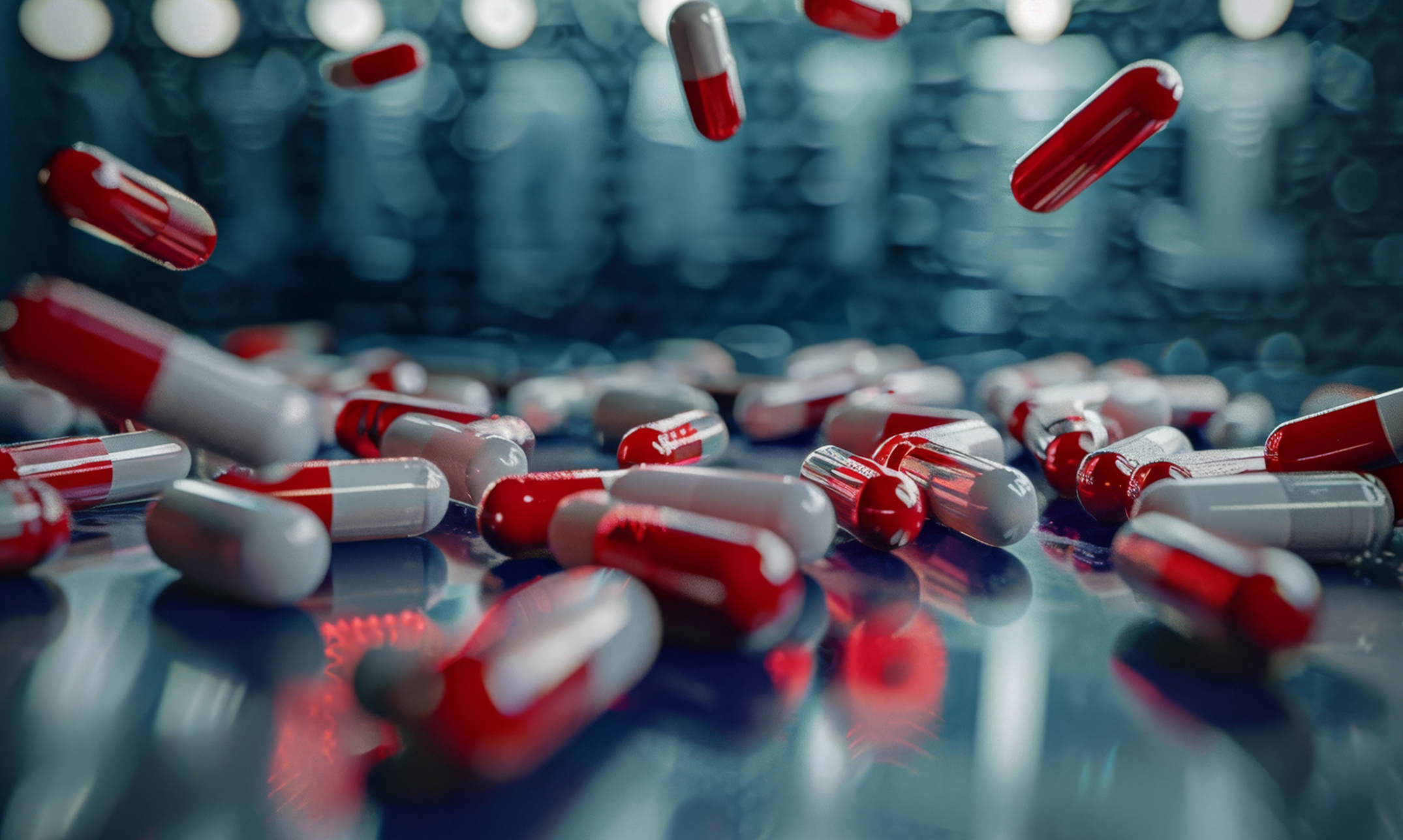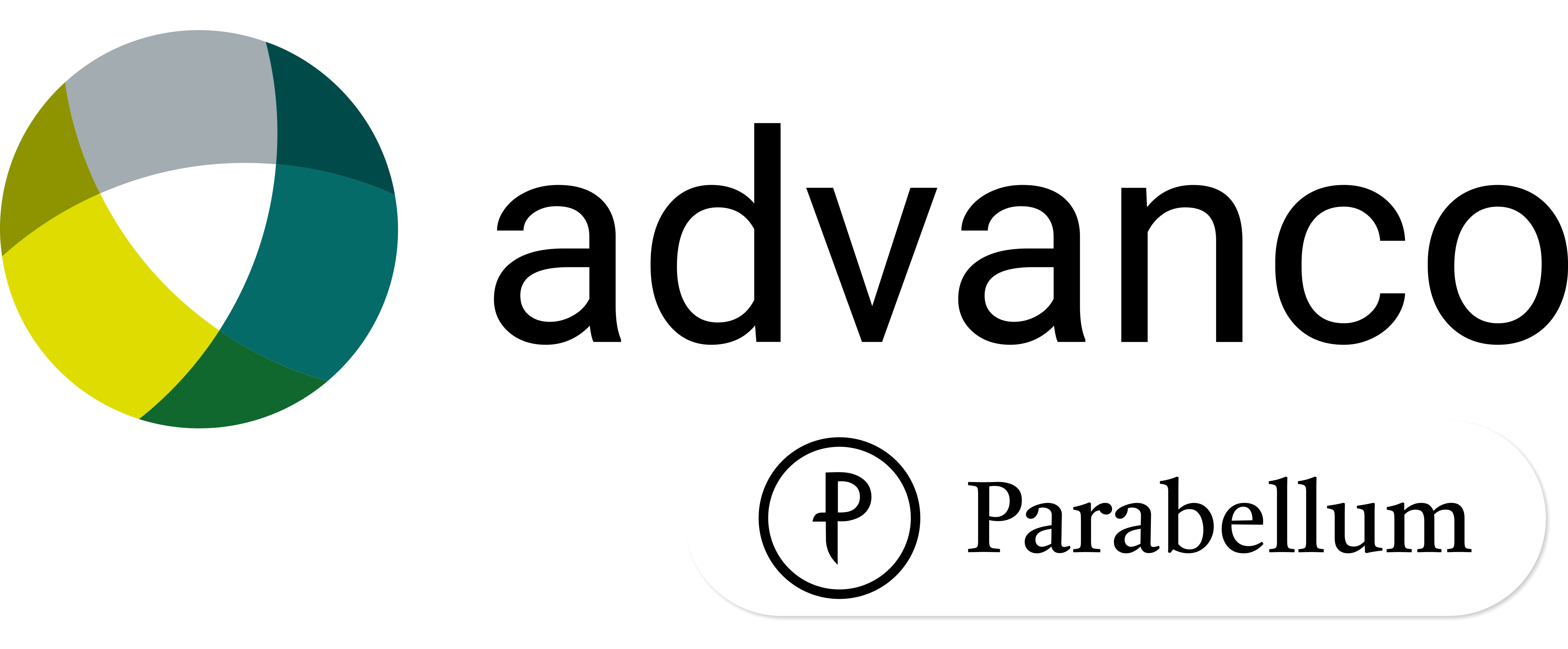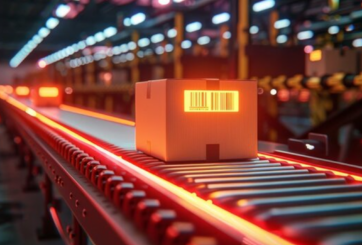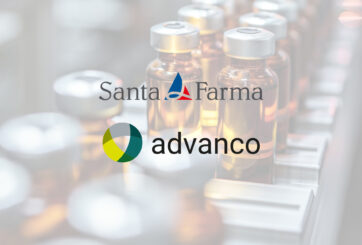How Is Serialization Performing as a Weapon Against Counterfeit Drugs?
It’s been more than a decade since global regulatory bodies, to combat counterfeit medication and black-market sales, mandated that pharmaceutical manufacturers include unique serial numbers on the labels of their prescription medicines.

There are varying degrees of regulations now mandatory across much of the globe, introduced by successive governments to secure the supply chain and protect consumers from harmful counterfeits.
However, just how successful has serialization been in this regard?
This analysis will provide a brief overview of some of the key serialization legislation before considering whether global serialization regulations have had any effect on the prevalence of counterfeit medicines.
Key serialization legislation.
Depending on which source, or at which set of statistics you look at, the consensus seems to be that between 70 and 80 per cent of countries across the world have mandated some form of pharmaceutical serialization legislation.
A brief history of some of the key pieces of legislation includes the following.
- The European Union: The EU commenced its serialization journey in 2001 with the Falsified Medicines Directive (FMD) which came into effect in 2011. This was followed in 2011 by The Delegated Regulation (EU) 2016/161 specifying the detailed rules for safety features on medicinal product packaging. Full implementation of the FMD came into force in 2019.
- The United States: In 2004, the FDA’s Counterfeit Drug Task Force released a report recommending measures to secure the pharmaceutical supply chain, including the use of electronic pedigrees. In 2013, the Drug Supply Chain Security Act (DSCSA) was signed into law. It provided a timeline for implementing an electronic, interoperable system to identify and trace prescription drugs as they are distributed in the United States.
- Turkey: Turkey implemented the Pharmaceutical Track and Trace System (ITS) in 2010, one of the earliest comprehensive serialization systems.
- China: Implemented serialization regulations starting in 2015, mandating unique identifiers for all drug packages.
- Russia: Enforced serialization regulations under the Chestny ZNAK system starting in 2020, covering a wide range of products, including pharmaceuticals.
It is key to note that – at the present time – there is no single, mandatory global system in force to regulate pharmaceutical serialization standards.
The closest we have is with GS1, a global organization, which has been instrumental in promoting harmonization across different countries and regions. However, GS1 is not a mandatory system. It is up to individual countries to sign up and maintain the standards.
A global problem.
Statistics from the World Health Organization website makes for concerning reading regarding counterfeit medications:
- An estimated 1 in 10 medical products in low- and middle-income countries is substandard or falsified.
- Substandard and falsified medical products from all main therapeutic categories have been reported to WHO including medicines, vaccines and in vitro diagnostics.
- Both generic and innovator medicines can be falsified, ranging from very expensive products for cancer to very inexpensive products for treatment of pain.
- False medicines can be found in illegal street markets, via unregulated websites through to pharmacies, clinics and hospitals.
The over-arching problem.
The sad fact is that it will be impossible to completely eradicate fake medicines and drugs.
Where there is demand, there will always be supply. There will always be people who are happy to take a chance and buy a cheaper medicine, especially if the bona fide version is expensive. This is becoming especially true with the introduction of new – and often expensive – weight-loss drugs such as Ozempic, with the forgers proactively seizing on current fashions and tapping into the new drugs that are in demand.
Likewise, there will always be rogue suppliers, such as some online pharmacies, happy to dupe people into believing they are being supplied with the real deal. There will also be pharmacies who are genuinely unaware that their stock might not be real.
A staggering 96 per cent of online pharmacies are not compliant, meaning they could arguably be selling medications of unknown quality or which have a high risk of contamination.
Is it possible to measure the number of forged medicines in circulation?
It is next to impossible to accurately predict the number counterfeit medications in circulation or whether the number is rising or falling. Several challenges make it difficult to measure:
- Many consumers are unlikely to report issues stemming from fake medications due to privacy concerns, especially if they have purchased remedies for what might be perceived as “embarrassing” health issues.
- There might be a fear of legal repercussions when controlled medications have been purchased without prescriptions.
- Complications and fatalities from counterfeit and substandard medications are unlikely to be reported and tracked by any authority, meaning there is no central repository of accurate information.
Therefore, the number of fake medicines in circulation may well be impossible to know. However, we know they are there – and, from the statistics that are available, are causing significant issues.
Do statistics ever paint a true picture?
Counterfeit medicines are generally on the rise, according to data from the Pharmaceutical Security Institute (PSI).
When you analyse just how significantly they are rising, the figures are shocking. In 2002, 196 incidents of pharmaceutical crime were reported by the Pharmaceutical Security Institute. However, by 2023, this figure had increased to some 6,900.
Looking specifically at 2021, the latest year that region-specific numbers are available, the total was almost 6,000. Of these, in terms of the geographical distribution of counterfeit pharmaceutical seizures, the greatest number was recorded in North America (2,442) followed by the Asia Pacific (1,747), Latin America (770), the Near East (705), Eurasia (646), Europe (374) and Africa (187).
Therefore, if we take these statistics at face value, there seems to be a larger number of fake medicines being distributed across developed countries.
However, it is not that simple. The seizures are largely due to how well specific countries are effectively identifying pharmaceutical crime through law enforcement activity and inspections by drug regulatory agencies.
Therefore, surely it can be argued that the introduction of serialization is helping to weed out these forged medicines. If the greatest number of counterfeits were seized in North America – the territory with arguably the strictest serialization requirements – then this must point to the fact that stringent inspections are weeding out the problem medicines.
In the same pattern, many underdeveloped regions are not on the list because of a complete lack of regulations, meaning those who ply their illegal trade in counterfeit medicines are allowed to go undetected.
Indeed, the Pharmaceutical Security Institute itself notes that competing law enforcement priorities, lack of funding, or inadequate regulatory structures can mean that counterfeit medicines often go undetected – giving weight to the assertion that in some emerging territories, the problem is likely to remain a big one.
The answer?
Introducing global, standardized regulations would be a major step toward reducing counterfeit medicines. A comprehensive track-and-trace system, from manufacturing to distribution, could ensure visibility across the entire supply chain, enabling producers, pharmacists, and dispensers to verify the product’s authenticity at every stage.
Conclusion.
Serialization is a crucial tool in the fight against pharmaceutical forgers. While counterfeit medicines continue to rise, serialization offers the quality assurance that consumers need to trust the products they purchase.
For serialization to reach its full potential, stronger global, government-driven legislation is essential. Individual frameworks like the EU’s FMD and the US’ DSCSA are effective in their regions, but worldwide coordination is needed. A mandatory global serialization system could provide the closest assurance that the medicines we buy – whether online or at a pharmacy – are genuine.
VIEW THE ORIGINAL ARTICLE HERE



